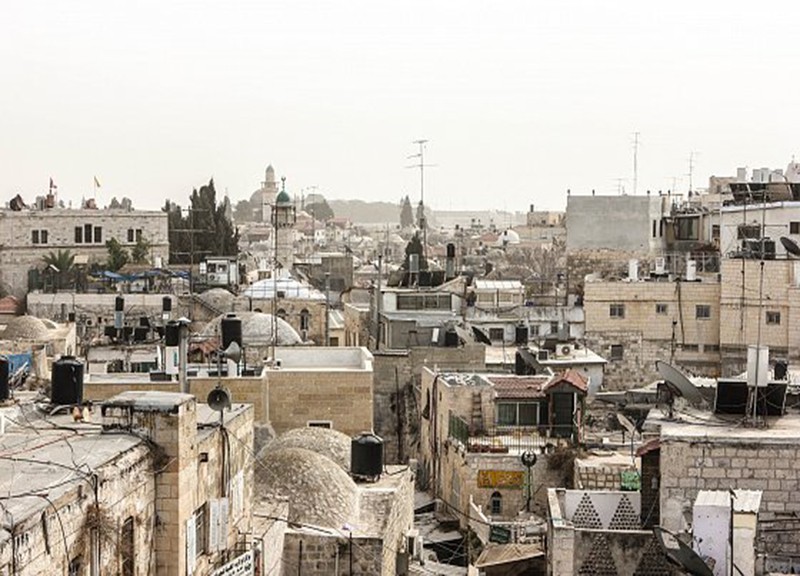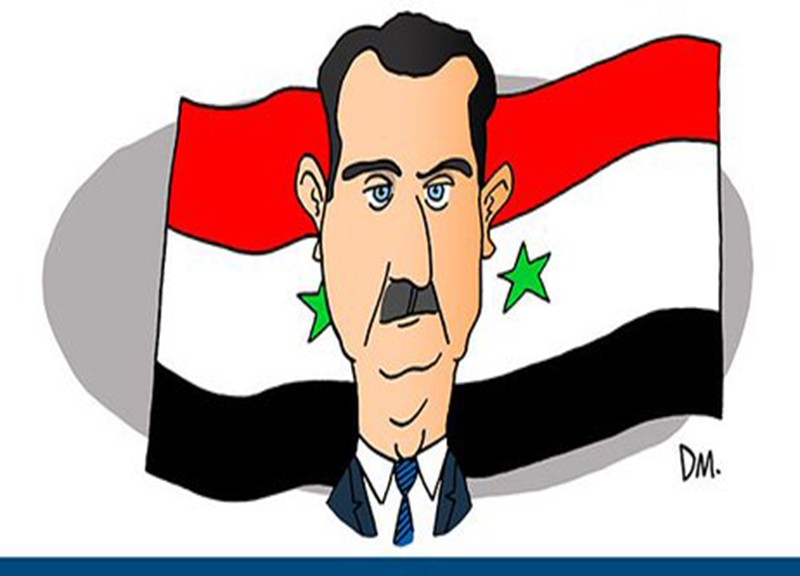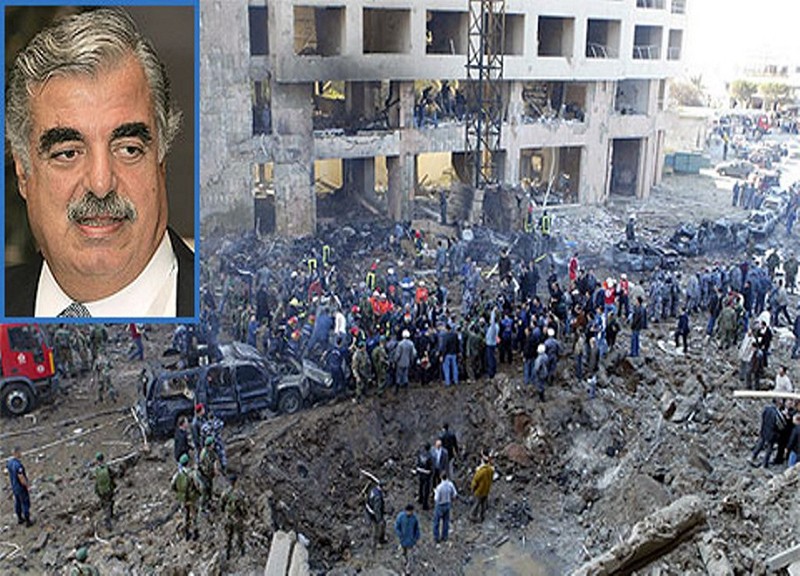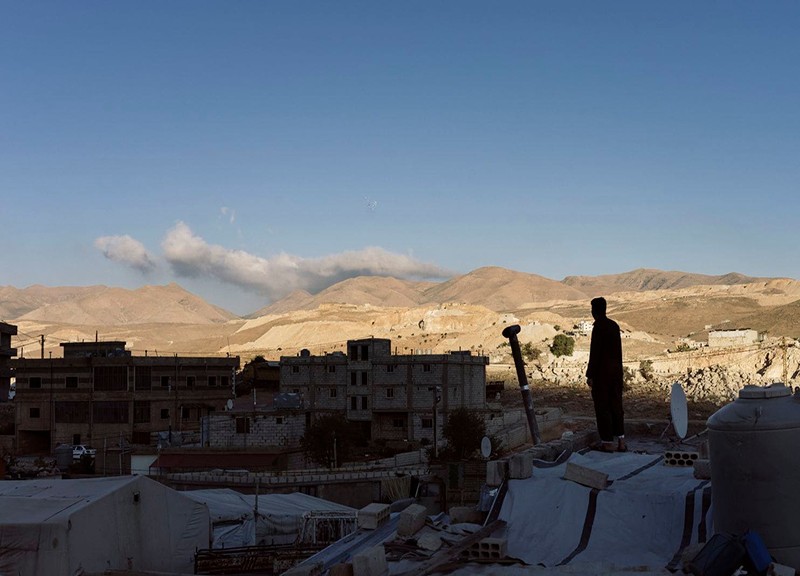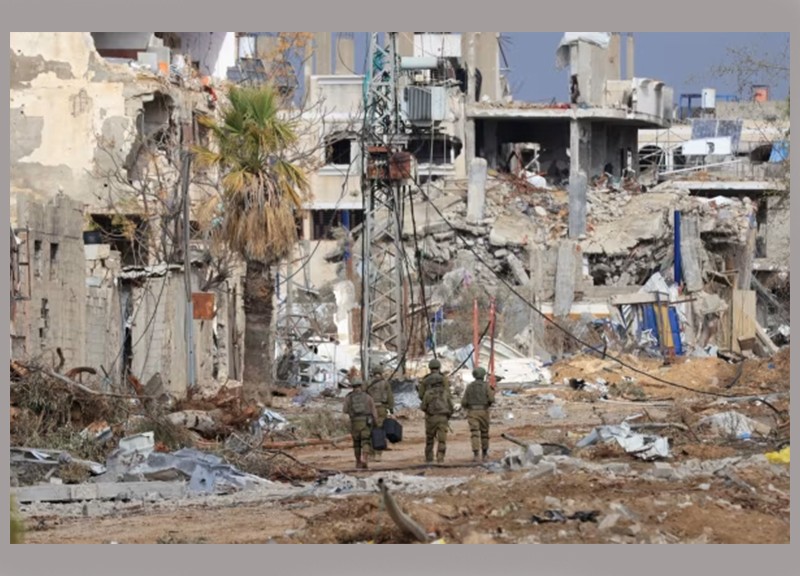
People familiar with strategy say intensive ground offensive in Gaza will continue into early 2024
The Financial Times
Israel is planning a campaign against Hamas that will stretch for a year or more, with the most intensive phase of the ground offensive continuing into early 2024, according to several people familiar with the preparations.
The multi-phase strategy envisages Israeli forces, who are garrisoned inside north Gaza, making an imminent push deep into the south of the besieged Palestinian enclave.
The goals include killing the three top Hamas leaders — Yahya Sinwar, Mohammed Deif and Marwan Issa — while securing “a decisive” military victory against the group’s 24 battalions and underground tunnel network and destroying its “governing capability in Gaza”.
“This will be a very long war . . . We’re currently not near halfway to achieving our objectives,” said one person familiar with the Israeli war plans.
Israel’s overall strategy for Gaza is flexible, with timing dictated by multiple “clocks”, including operational progress on the ground, international pressure and opportunities to free Israeli hostages, the people said.
A fragile week-long truce collapsed on Friday as Israel and Hamas resumed fighting, shattering a pause in hostilities that had enabled a mutual hostage-for-prisoner swap between the two sides. Israel said it was returning to battle to “eliminate Hamas”.
The renewed high-intensity ground operation will probably require a few more months, taking it into the new year, the people familiar with the preparations estimated. “This isn’t going to be weeks,” said one person familiar with US-Israel discussions over the war.
After that, there will be a “transition and stabilisation” phase of lower military intensity that could continue into late 2024, with the location of Israeli ground forces during this phase still unclear.
Unlike previous Israeli military operations and wars, one Israeli official suggested there would not be a firm end point. “The referee won’t blow the whistle and it’s over,” they said.
In response to a devastating attack by Hamas on October 7, Israel launched three weeks of huge air strikes in Gaza, followed by a ground invasion seizing large portions of the coastal enclave’s north. Much of the area has been reduced to rubble and more than 1mn people have been forced from their homes.
Israeli authorities say at least 1,200 people were killed in the initial October 7 assault, the deadliest in the Jewish state’s history. More than 14,800 people have been killed so far in Gaza, according to health officials in the Hamas-controlled territory.
A senior Israeli military officer said at least 10 of 24 Hamas battalions had been “hurt significantly”, with more than 50 mid-level commanders and an estimated 5,000 fighters killed.
Another person familiar with Israel’s war plans said the military still considers operations in northern Gaza to be incomplete. “Gaza City isn’t finished yet, nor fully conquered. It’s probably 40 per cent done,” the person said. “For the north as a whole, it will probably require another two weeks to a month.”
An Israeli ground offensive into south Gaza, which up until now has been hit only by sporadic air strikes, is expected to begin in parallel. Israeli officials have indicated that most of the Hamas leadership, the bulk of its fighters and rocket arsenal, and the majority of remaining Israeli hostages seized on October 7 are now in the south.
Senior Biden administration officials have warned Israel that its approach to south Gaza has to be different. On a visit to Tel Aviv on Thursday, Antony Blinken, US secretary of state, stressed that any such offensive “puts a premium on protecting civilians” and allows for increased humanitarian aid.
One of the people familiar with the discussions said Washington had urged Israel to have “a smaller military footprint” in the south, fewer civilian casualties, “a clear humanitarian plan” and arrangements for “where civilians can go” to remain safe.
Israeli officials have acknowledged that the approach must change. “We know we can’t conduct the same structure of operations in the south that we did in the north,” said a person familiar with Israel’s war plans. “There are now 2mn civilians [in the south], the method of evacuating civilians en masse [like in the north] can’t be duplicated.”
The southern offensive would focus on Khan Younis, the second-most important urban centre in Gaza and the hometown of Sinwar and Deif, as well as Rafah at the strip’s southernmost tip bordering Egypt. The Gaza-Egypt border crossing and underground smuggling tunnels are “the main oxygen channel for Hamas rebuilding its military capabilities”, one of the people familiar with Israel’s war plans said.
“It’s the origin of Hamas turning . . . into a monster,” said another of the people familiar with the plans, adding that Gaza’s entire frontier with Egypt had to be “taken care of”.
Israel on Friday started to issue more localised, smaller-scale evacuation orders for the civilian population in southern Gaza, which has swelled to as much as 80 per cent of the Gaza Strip’s population.
“We’ll make sure there are enough ‘safe zones’, we’ll warn them in advance and call upon them to make an effort [to evacuate] . . . for instance 1km to the north or west,” said one senior Israeli official. But the official cautioned that there were no “magical rules of engagement” that would spare places “where the enemy is located”.
A “transition and stabilisation” phase of the war, which will follow the main ground campaign, is intended to prepare Gaza for a new post-war order without Hamas. Several insiders said the Israeli government had so far refused to engage on whether the Palestinian Authority, the weak body that administers limited parts of the occupied West Bank, would be positioned to retake control over Gaza.
“No one, not even the US, can talk to them about this,” said one of the people familiar with the discussions, emphasising Prime Minister Benjamin Netanyahu’s need to keep his far-right coalition allies on board.
Regardless, Israeli officials maintain that they are committed to first achieving the original war aim, eliminating Hamas as a threat from the Gaza Strip, no matter what comes afterwards or how long it takes.
“The main difference [now] that Hamas doesn’t understand — we have patience. Everything changed on October 7,” said one of the people familiar with Israel’s war plans.







